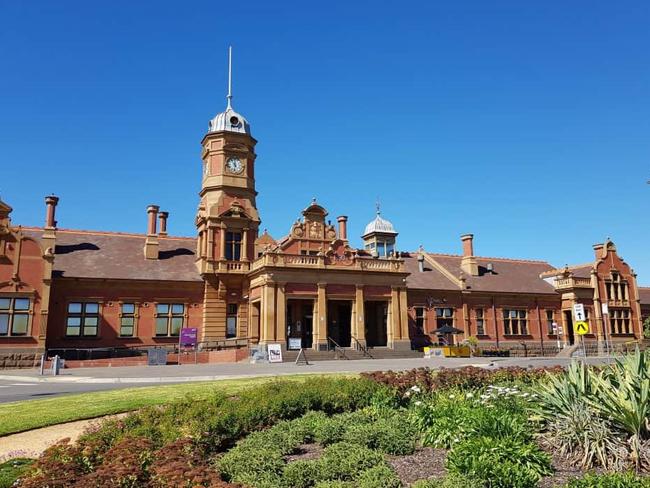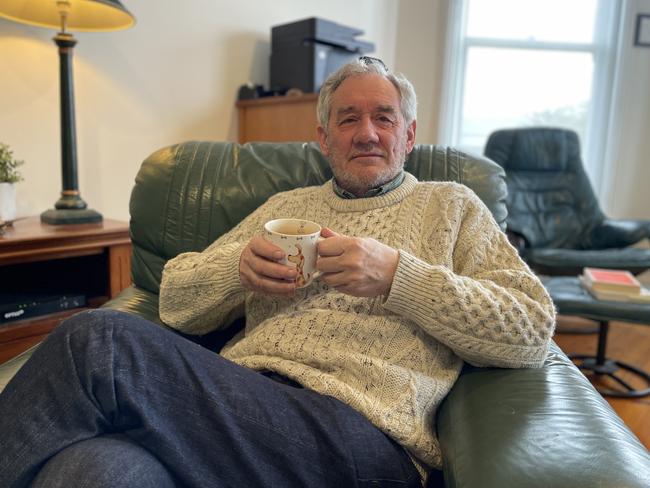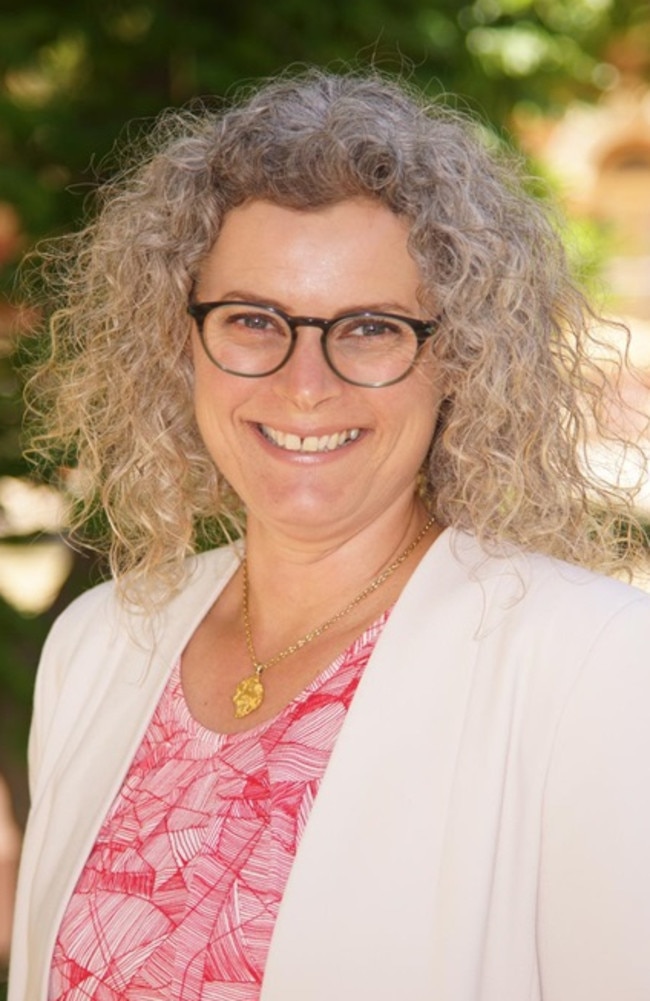Why Maryborough ranked as Victoria’s top retirement destination
A regional city of about 8000 people might not be the first place that springs to mind at a career’s end, but one small country town “punches above its weight” for retirees.

Ballarat
Don't miss out on the headlines from Ballarat. Followed categories will be added to My News.
As the afternoon clock chimes three across Maryborough, life bursts from the old gold rush town’s streets and landmarks.
A couple share a kiss before a fireplace at the historic railway station’s cafe; a young pair hold hands and hike to Bristol Hill Tower; and locals come and go from the civic centre of McLandress Square.
The city of a little over 8000 people, overshadowed demographically to its north and south by Bendigo and Ballarat, might not be the first location that springs to mind when considering retirement living.
But a new report suggests Maryborough could be Victoria’s top spot for prospective retirees, thanks to its low cost, infrastructure, and lifestyle opportunities.

AMP-backed fintech company Citro’s inaugural retirement guide looks at the main factors Australians aged 50 and over consider when heading into their post-work lives.
The report shows off Australia’s “great sea-change and tree-change spots around the country in 2024”, with Maryborough ranked third nationally and first in Victoria.
It comes as new ABS data reveals the median age outside of capital cities is younger than inside them, and Greater Melbourne has a younger age distribution than the rest of Victoria.
In Maryborough, the most populous age group is those 75 to 79 years old, according to the ABS.
More than half the town’s residents – some 4200 – are older than 50.

Retired teacher Chris Elmore, 73, has lived in Maryborough for four years.
He chose it over larger towns nearby because it had all the infrastructure he could want, but without the big city bustle.
“It’s got a lovely new hospital,” Mr Elmore said.
“The doctors when we first moved here were incredible.
“I’ve never seen so many doctors in a country town as we had in Maryborough.
“It’s got four supermarkets, which is unbelievable.
“I can walk to all four supermarkets and it takes about 10 minutes.”
Plus the centrality of the former gold rush town gives travellers easy access not only to other Victorian locales, but also those beyond the state’s border.
“In Melbourne, you’ve got to get over that 100, 150km sort of thing before you hit anything reasonable,” Mr Elmore said.
“We’ve had trips to Broken Hill, Adelaide, all over the place, and it’s so much easier to get to than Melbourne.”

ABS data shows Maryborough has nearly 180 people per square kilometre, whereas other Victorian locations touted as retirement hotspots are much more crowded: Rosebud-McCrae, for instance, has a density of more than 970 people each square kilometre.
Additionally, property prices are relatively low: the median dwelling price in Maryborough is $351,913, says Citro, and the weekly rent is $381.
“I think there’s a fair percentage of people up here who are former Melburnians who came up here because the facilities are very good, but the price of property is very reasonable,” Mr Elmore said.
“We made a specific comparison between Maryborough and Bendigo. Bendigo and Ballarat would have been within my means, but it just seemed to me better value – we’re living on this terrific block.”
And with praise of a country town often comes praise of country people.
Maryborough residents, Mr Elmore said, were friendly and enjoyed a slower pace then their metropolitan counterparts.
The city still held on to its working class history, he said, and was populated by “fundamentally salt-of-the-earth types” who “go out of their way to help you”.
“People are just so generous,” Mr Elmore said.
“They’re good natured and they’re happy to contribute to local community causes.”
AMP chief economist Shane Oliver said sea change and tree-change locations were “likely to continue to perform well over the next 10 to 20 years”.
“More Australians moving into retirement as the population ages will be the key driver (or price growth), but so too will be a longer-term trend towards more flexible working made possible by new technology, an increasing focus on the quality of life and a quest for more affordable housing,” he said.

That sentiment was echoed by Maryborough real estate agent Kate Ashton, who has worked locally for 22 years.
Besides affordability, liveability, and health infrastructure, she emphasised the community residents could be a part of.
“They can walk down the street, people say to them, they can go into so many services that we have locally,” Ms Ashton said.
“It’s a big community and they can be as involved as they want to be with the community services.
“I left and I came back because I know that it’s such a big community.
“There’s a lot more support than you would find in a big city. No one has to be alone here.”

Central Goldfields Shire Council mayor Liesbeth Long said Maryborough “punched above its weight” with its $115m hospital expansion, major supermarkets, multiple sporting clubs, and more.
“I think it’s an absolutely fabulous place to retire: it’s my forever home,” she said.
“It’s the geographical centre of the state – everything is two hours away.
“People just want to downsize. They sell their house in Melbourne, get $1m for it or whatever; they can buy something up here for $300,000 to $400,000, have something brand new and still have money in the bank.”
Ms Long said that in a decade or two, the ageing population could cause other issues in terms of requiring care, but that many new arrivals over 60 still had a “a lot in the tank” to get involved around town.
She said the city was also investing in such facilities as a regional university hub so that fewer people would leave town to study, and welcomed everybody.
“Come, come!” she said.





